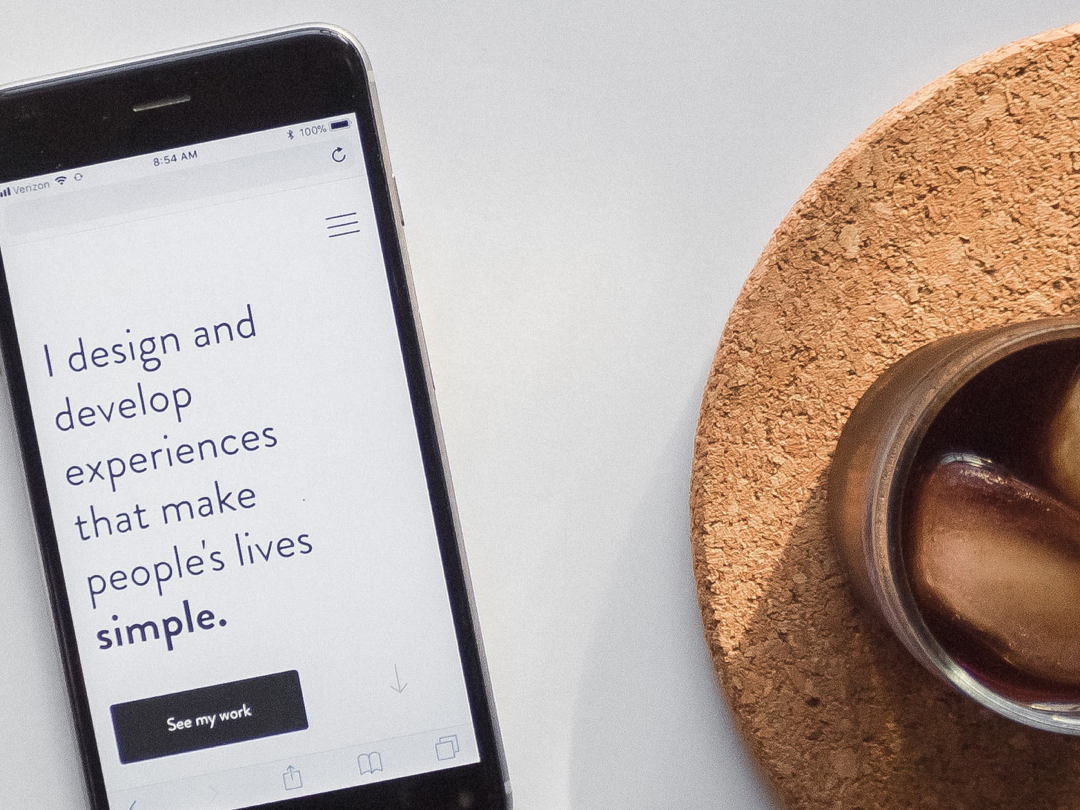6 Steps to Improve your Website User Experience Before Launching
38% of users will leave a page if its layout or content is unattractive. 88% of users are less likely to return to a website after a bad experience. Sites with superior user experience can have 400% higher conversion rates. These statistics make it clear that your website’s user experience is crucial to your digital success.
Do you want to build websites that engage and convert?
If you are launching a new website or updating your existing site, it is imperative that your web designer prioritises responsive UX/UI design.
These 6 steps equip you with a comprehensive set of guidelines to enhance user experience and create websites that cater to your audience’s needs and preferences.
1. Be an open minded designer
Understanding your target audience is fundamental to creating a website that resonates with them. Start by defining user personas to identify your typical users. Consider factors such as demographics, lifestyle & interests, and technical proficiency. This knowledge helps you make informed decisions and tailor the user experience to meet their needs and expectations. By empathising with your audience, you can create intuitive interfaces, relevant content, and engaging interactions that align with their preferences.
2. Believe in your work
Whether you’re a web designer or developer, having confidence in your abilities and the value of your work is crucial. This enables you to approach each project with enthusiasm and commitment, leading to better outcomes. When you believe in your ideas, you invest time and effort in crafting user experiences that are visually appealing, functional, and effective. This belief can also help you communicate the value of your work to clients, building trust and collaboration. Make sure to ask yourself questions throughout the process, such as:
3. Start gathering feedback
Once the website is at a stage that you’re confident with, it’s time to start sharing your work and getting opinions. This step is an essential part of improving user experience. Early-stage feedback can help identify potential usability issues and design flaws before launching. Conduct usability testing, where users interact with your website prototype or existing design, and observe their behaviour and reactions. By actively listening, you can refine your designs, eliminate roadblocks, and create more intuitive and satisfying experiences.
4. Ask the right questions
When user testing, the questions you ask or don’t ask are usually the key. Here’s what NOT to ask:
“Don’t you just love our new sign-up page? We do, do you? If you go to this page, then click here and scroll down to here you can see it… Well, wasn’t that easy to use?”
Why is that bad? Good question.
Carefully watching your users and asking them unbiased questions uncovers valuable insight that can be acted upon in confidence. So here’s what to ask instead:
“Starting from the home page, please sign up for our product. Great, thanks! Did you encounter any problems when signing up? If you could change one thing when signing up, what would it be and why?”
Why are those better questions?
5. Learn to accept what you are being told
Constructive criticism is a valuable tool for growth. When others offer feedback or suggestions, it’s important to maintain an open mindset and view it as an opportunity to learn and improve. Understand that feedback is not a personal attack but a chance to identify areas of improvement. Follow up by asking clarifying questions, seeking alternative perspectives, and considering how the suggested changes align with your overall goals. By embracing constructive criticism, you can iterate and refine your website to deliver exceptional user experiences.
6. Analyse the data logically
When analysing data, step into the users’ perspectives to understand their journey and experience. You need to think on the following lines to address problems that arise:
This way of thinking helps you find solutions that tick the most boxes and prepares you for a smoother launch.
By following these tips, you can develop a holistic approach to enhancing the user experience as a web designer. Remember that user requirements are constantly evolving and continually applying these principles will help you maintain websites that meet the needs and expectations of your target audience.
If you’re looking to develop a new website, we are here to help. Have any questions? Feel free to contact us and we will get back to you.




